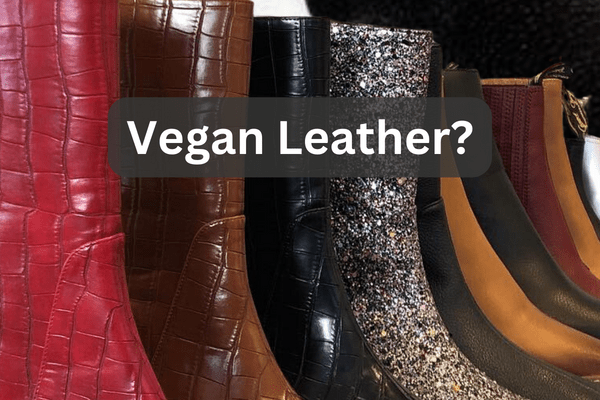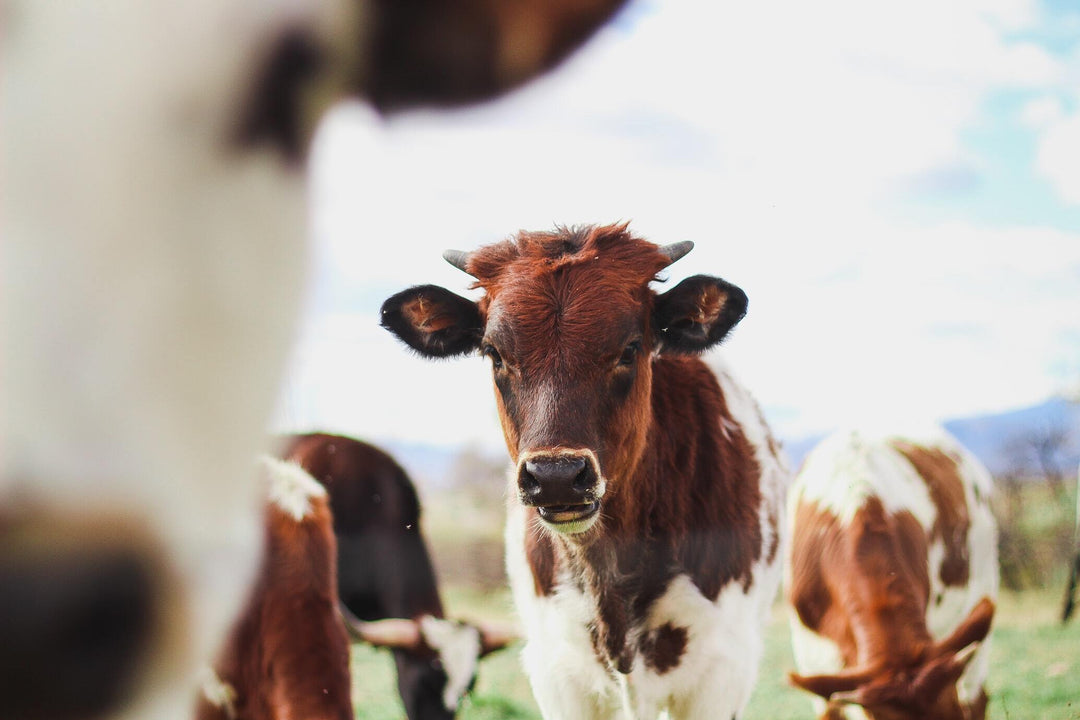Are Natural Materials Always the Most Sustainable Choice?
When we hear the word ‘natural’, we might be inclined to think of it as nearly synonymous with other environmentally related words like ‘sustainable’ or eco-friendly’. But is this accurate? Are natural materials always the most sustainable choice? The reality is a little more complicated.
What are natural materials?
‘Natural materials’ are defined as any materials which come from plants, animals or the ground; anything from the ‘natural world’. Sometimes these materials are more specifically referred to as ‘biotic materials’, or materials which are biologically derived from a living organism; cotton or hemp coming from a plant, wool from a sheep, and so on.
Importantly, we should be aware that sometimes materials that are ‘natural’ may come from systems which are not. For example, wool is a natural material, but it’s unnatural for Australia, the largest wool producing country in the world, to have nearly 70 million non-native, domesticated sheep on often cleared native land. What’s more, many natural materials are processed in a way which is unnatural; like cotton dyed with non-biodegradable dyes, or ‘superwash’ wool, which is coated in plastic.

Materials considered natural – that aren’t really
Some materials that are labelled and marketed as natural are even processed in a way which is specifically designed to make an organic material inorganic. The term ‘organic’ here is not used in quite the same way as we might refer to ‘organic fruit’, but to refer to something derived from living matter; organisms. Take leather for example. Leather is the term used to describe processed animal skins – usually through a carcinogenic chemical process, and usually the skins of cows. If skins were not processed through tanning, they would rot on our feet. Rotting is a natural process for organic matter like skins – when any animal dies, humans included, they decompose.
Leather is processed with heavy metals and substances including chromium, formaldehyde, arsenic, salts and more. At this point, even according to leather tannery industry studies, leather is no longer effectively biodegradable. This is not a natural process, and so while animal skins are natural (particularly when they remain on the backs of animals), leather should not be considered as such.
Too, as with wool, the leather industry is responsible for massive land degradation, as well as deforestation. The destruction of environments for production is of no benefit to nature.

The environmental impact of natural materials
There can be a danger of focussing too much on whether or not a material is ‘natural’, as compared to whether or not a material is sustainable. It’s important that the materials brands use are sustainable, even if they are not natural.
The naturalistic fallacy, or the ‘appeal to nature’ argument is based on the idea that anything ‘good’ is ‘natural’, and that anything ‘bad’ is ‘unnatural’. These arguments are commonly heard in sustainable fashion spaces. However, not everything ‘good’ is natural, and not everything ‘bad’ is unnatural: many diseases are technically natural, meanwhile vaccines which protect people against them are not. Similarly, some heavy metals used to tan leather are ‘natural’ and cancer causing, meanwhile the recycling of synthetic leather to make new recycled materials is ‘unnatural’ – but is a great way to reduce waste.
In order to consider the environmental impact of materials best, we should consider the greenhouse gas emissions associated with producing them, how much land is required to make them, their impact on biodiversity, the amount of water use, chemistry, energy and fossil fuels involved, and how polluting their production is. There are other considerations too, such as how long-lasting materials are, whether they are biodegradable or recyclable, and so on.

Prioritising sustainability over what’s ‘natural’
If we continue with our exploration of leather, it may surprise you to know that even synthetic leather has a lesser environmental impact when we consider the climate, water, land, biodiversity and even pollution in many instances.
A pair of shoes made from cow skin leather can have an average carbon equivalent footprint of over 40kg, while the same synthetic leather shoes have a footprint equal to just under 6kg of CO2e. The same pair of shoes made from cow skin leather could require as much as over 7,600 litres of water to produce, which is an estimated 14 times more than for synthetic leather.
Synthetic leather like polyurethane is not the most sustainable leather-like material; there are partly bio-based alternatives with an even lower impact on the planet, as well as plastic-free leather alternatives, too. All of these come with both pros and cons, yet all have a far reduced environmental impact compared to cow skin leather – no matter what ‘natural’ label is plastered onto it.

The importance of buying less and better
When we talk about sustainable fashion, we always need to talk about over-consumption. The materials we choose to make shoes, bags and clothes out of are extremely important, but no fashion is sustainable if it ends up thrown out or sent to landfill.
When we buy new garments, shoes and accessories, we need to consider the materials they’re made of, if they’re made ethically, and if we will wear what we’re looking to buy for years to come. Sometimes we can be fooled into buying trendy items that don’t actually match our personal style, and that won’t be loved for very long. The longer we wear, the better for the planet.

Author bio: Emma Hakansson is the founding director of Collective Fashion Justice, and the author of How Veganism Can Save Us.




















Leave a comment